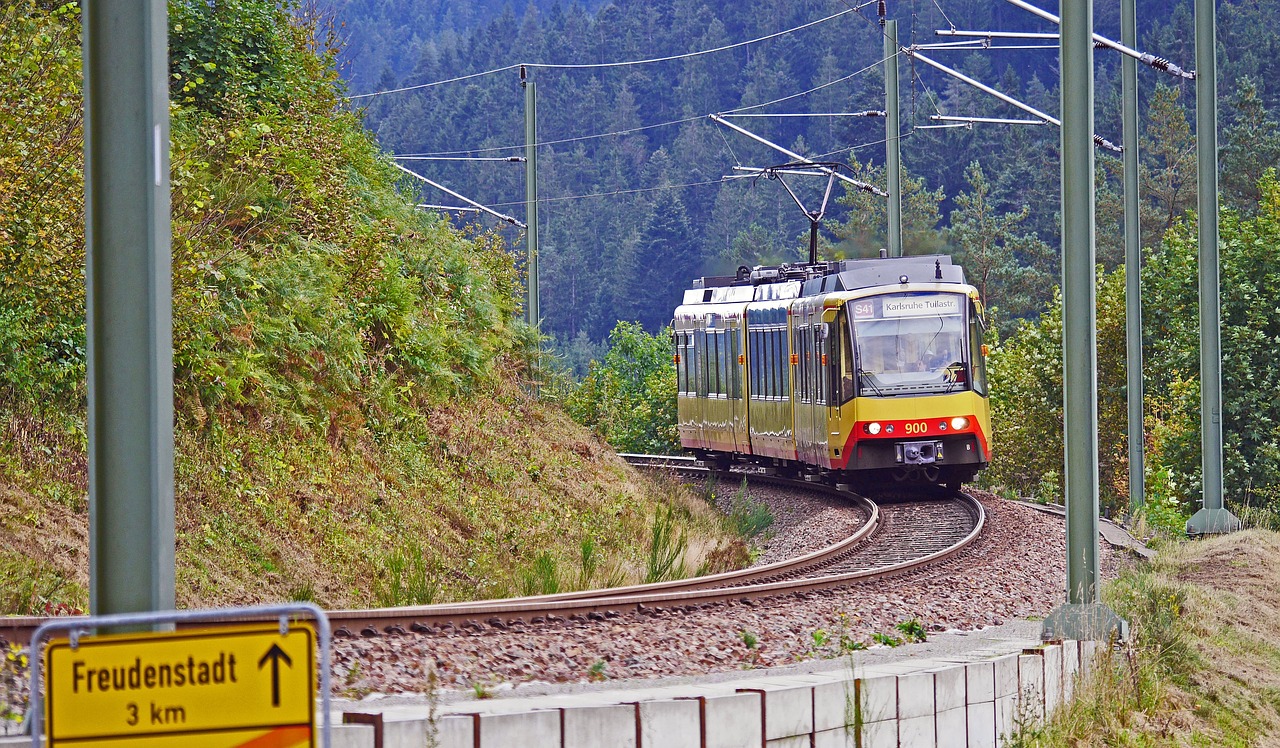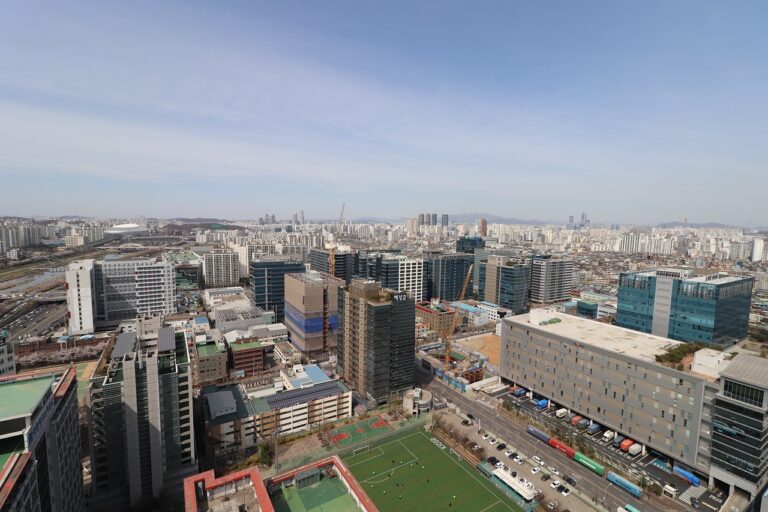Analyzing the Economics of Green Bike Trail Construction: Business Insights: All panel mahadev book, Lotus bhai 365 login, Allpaanel
all panel mahadev book, lotus bhai 365 login, allpaanel: Green bike trails are becoming increasingly popular as cities work towards sustainability goals and encourage more people to adopt eco-friendly transportation options. However, the construction of these trails involves a significant investment, and it’s essential for businesses to analyze the economics behind such projects before diving in.
1. Understanding the Cost-Benefit Analysis
Before embarking on a green bike trail construction project, businesses need to conduct a thorough cost-benefit analysis. This analysis should consider the initial construction costs, ongoing maintenance expenses, potential revenue streams, and the long-term benefits such as improved air quality and reduced carbon emissions.
2. Initial Construction Costs
The initial construction costs of a green bike trail can vary depending on factors such as the length of the trail, the terrain it covers, and the materials used. Businesses should also consider any additional features such as rest areas, bike rental stations, and signage that may enhance the trail’s appeal.
3. Ongoing Maintenance Expenses
Green bike trails require regular maintenance to ensure a safe and enjoyable experience for users. This includes tasks such as repaving the trail, clearing debris, and repairing any damages. Businesses need to budget for these ongoing expenses to keep the trail in top condition.
4. Revenue Streams
There are several potential revenue streams that businesses can explore to offset the costs of green bike trail construction. These may include sponsorship opportunities, user fees, advertising space along the trail, and partnerships with local businesses for bike rentals or guided tours.
5. Long-Term Benefits
While the initial costs of building a green bike trail may be high, the long-term benefits can outweigh these expenses. Green bike trails can help reduce traffic congestion, improve public health, boost property values in nearby areas, and attract tourists and outdoor enthusiasts.
6. Environmental Impact
One of the key reasons for investing in green bike trails is their positive impact on the environment. By promoting cycling as a sustainable mode of transportation, businesses can contribute to reducing greenhouse gas emissions and combating climate change.
FAQs:
Q: How can businesses attract users to green bike trails?
A: Businesses can attract users to green bike trails by promoting them through social media, partnering with local cycling organizations, hosting events and workshops, and offering amenities such as bike rental services.
Q: What are the potential risks associated with green bike trail construction?
A: Some potential risks include cost overruns, legal challenges related to land use and zoning regulations, and community opposition to the project. Businesses should conduct thorough risk assessments before proceeding with construction.
Q: How can businesses measure the success of a green bike trail project?
A: Businesses can measure the success of a green bike trail project by tracking metrics such as user numbers, revenue generated, environmental impact (e.g., reduction in carbon emissions), and feedback from users through surveys and reviews.
In conclusion, analyzing the economics of green bike trail construction is essential for businesses looking to invest in sustainable infrastructure. By considering factors such as initial costs, ongoing maintenance expenses, revenue streams, and long-term benefits, businesses can make informed decisions that support both their bottom line and the environment.







